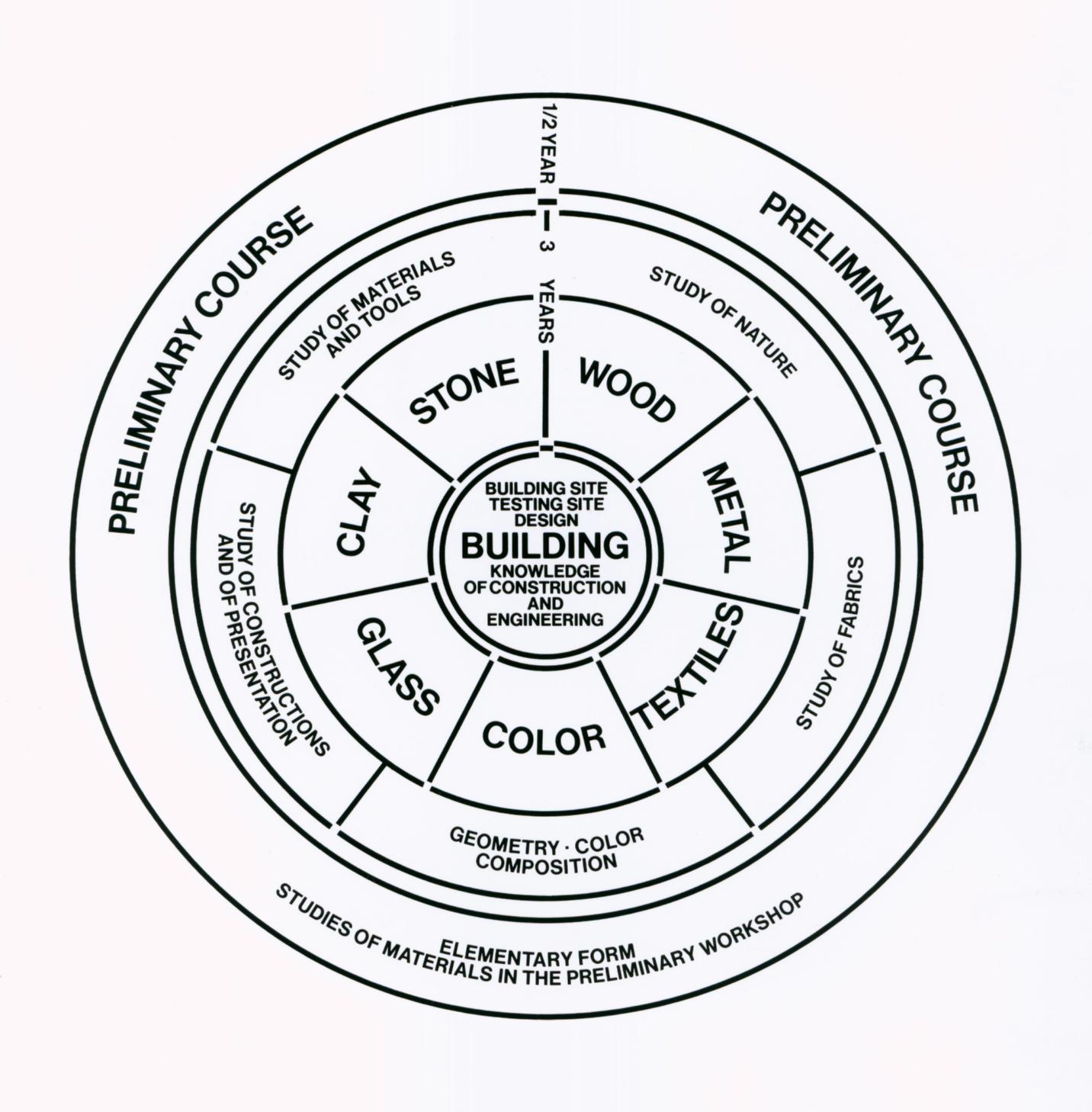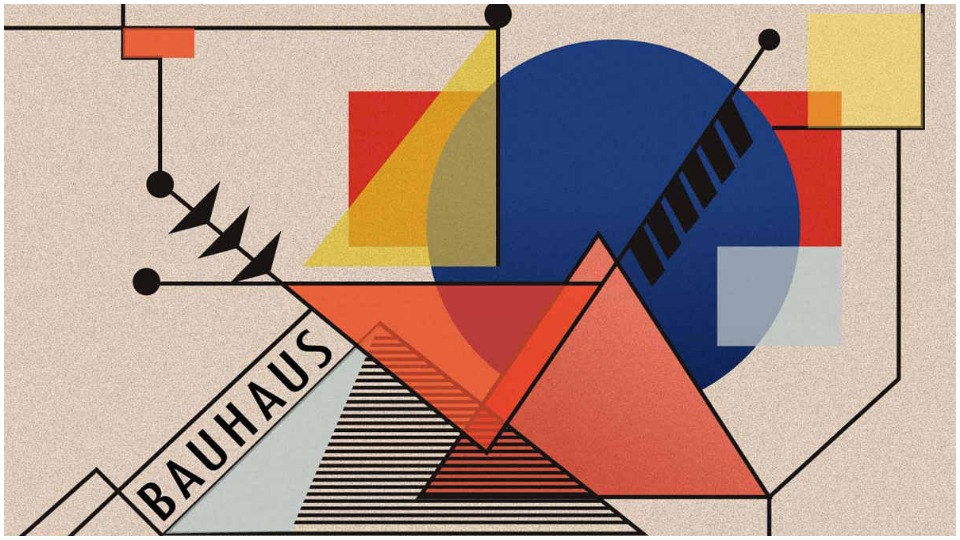In a recent state of the union address by Ursula von der Leyen, President of the European Commission, a call for a new European Bauhaus reverberated around the web.
This was within the context of transforming the EU into a leader of the circular economy. The aim of a circular economy is to design waste out of economic activity and therefore reduce the impact of our consumption on the environment. There is very little detail on the shape of the new Bauhaus apart from it “ … needs to be a new cultural project for Europe. Every movement has its own look and feel. And we need to give our systemic change its own distinct aesthetic – to match style with sustainability. This is why we will set up a new European Bauhaus – a co-creation space where architects, artists, students, engineers, designers work together to make that happen.”
What caught my attention was the skills that were missing. Scientists. If we are not to repeat the mistakes of the past by producing and consuming products that pollute our environment, science needs to play a central part in the new Bauhuas.
The Bauhaus (“construction house”) was a revolutionary project when it was founded in Weimar, Germany, in the wake of the First World War. Like the movement that Ursula von der Leyen is envisioning, it was a multidisciplinary collective that brought together architects (its founder was the modernist pioneer Walter Gropius), artists (including the painters Wassily Kandinsky and Paul Klee), photographers, typographers, and furniture-makers. The Bauhaus only existed for 14 years but it became the twentieth century’s most important college of architecture, design and art. Many of its principles remain today and are seen in devices such as Apple’s iPod, some of the more classic furniture designs from Ikea, and many kit houses. However, these principles didn’t take into account the impact of these products on the environment.
The influence of the Bauhaus was underpinned by the radical way that the students were taught. Education at the Bauhaus brought together artists and technologists through an innovate teaching approach which was diverse and hands-on, spanning many crafts and skills. The divergent trajectories students might follow were represented in a curricular diagram.

The singularity of the circle gave a holistic nature of a Bauhaus education, in which diverse disciplinary backgrounds were to come together in pursuit of a shared mission to reform art, design, and society.
Science already has an impressive CV of discovering new phenomenon and turning them into products. For example, in 1897 the scientist J J Thompson discovered the electron which is now enabling me to type and distribute this post around the world. There are many branches of science that must be included in the curriculum of a new Bauhuas. Material science could develop packaging materials to replace plastic that can be recycled in a way that produces a positive impact on biodiversity. Social science could investigate the response of consumers to the aesthetics of a product and whether it will change their behaviour to increase recycling. Computer scientists could develop a ‘digital scrapyard’ where parts from one product could be reused on another product.
With the impact of the Covid-19 pandemic emphasising that we are all in the same boat when tackling climate change then a new product design movement with a global perspective is needed more than ever. But an integral part of the new movement must be science. Science can steer a new Bauhaus in the direction of a sustainable future.
